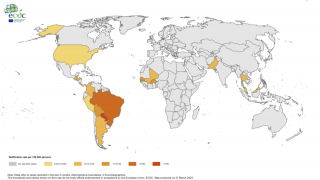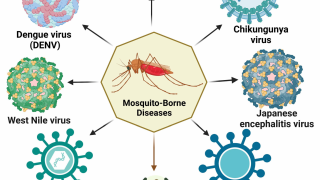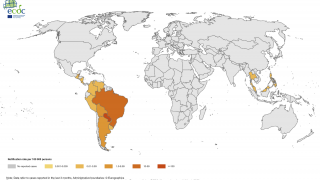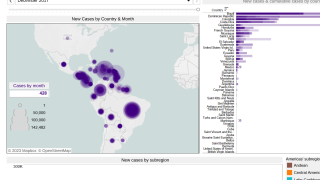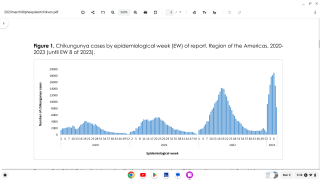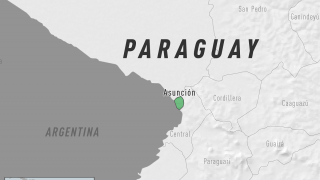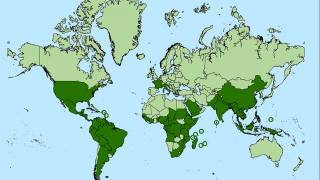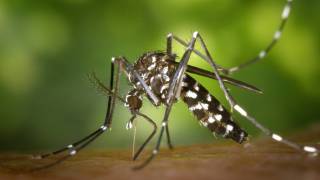Forecasting Movements of Infectious Disease-Carrying Mosquitoes
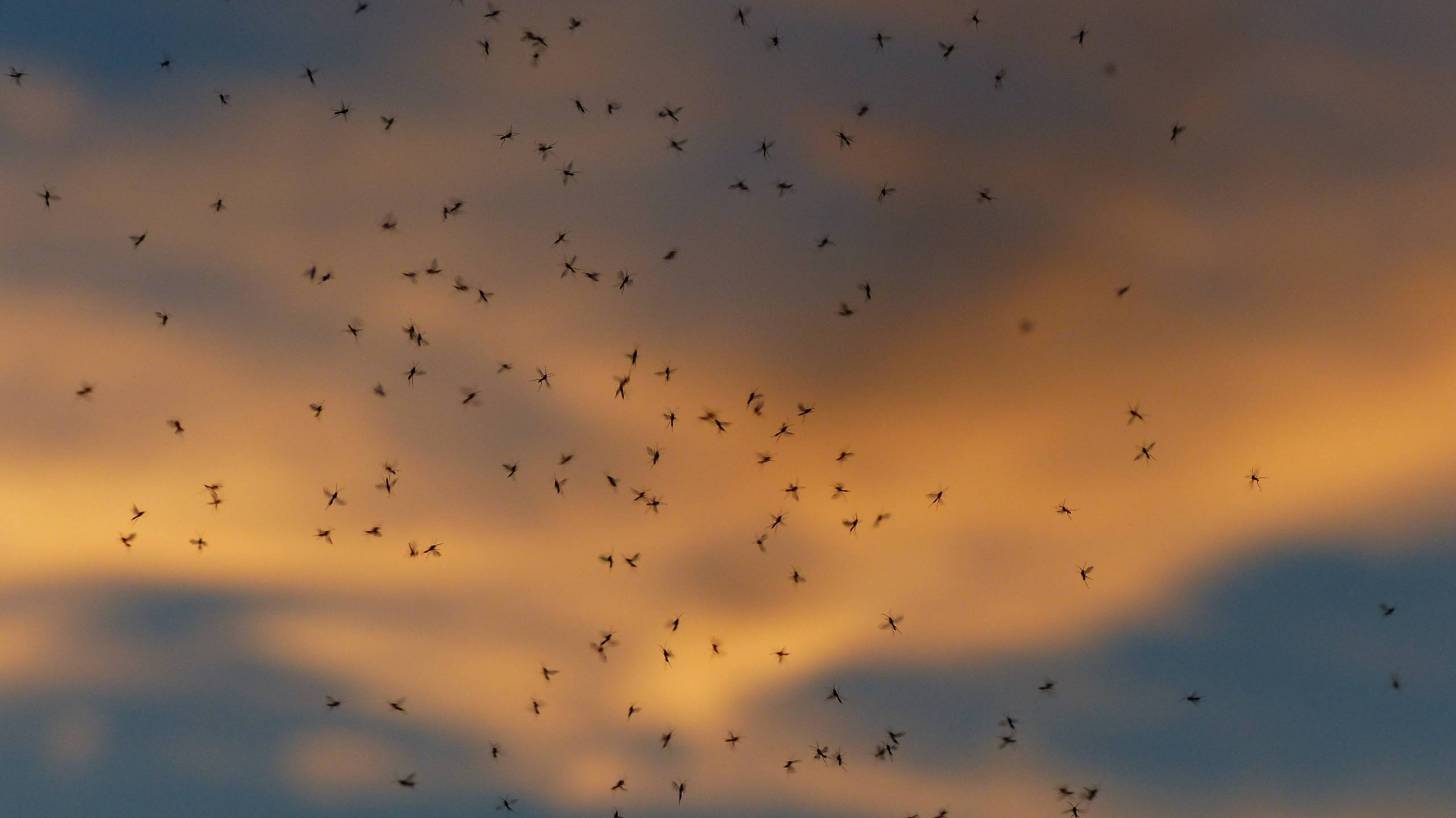
An international team of researchers, led by Dr. Moritz Kraemer, have used statistical mapping techniques to predict where infectious disease-carrying mosquitoes will spread in the future.
Currently, limited data tools exist to accurately forecast the complex nature of disease spread across the globe, says Dr. Moritz in a video presentation on March 4, 2019.
These new mapping techniques offer an opportunity to strategically target surveillance and control programs, which can augment existing efforts to reduce arbovirus burden in human populations.
The global population at risk from mosquito-borne diseases such as dengue, yellow fever, chikungunya, and Zika—is expanding in concert with changes in the distribution of 2 vectors: Aedes aegypti and Aedes albopictus mosquitoes.
According to Dr. Moritz, the future movements of these mosquitos is largely driven by both human behavior and the presence of suitable climates.
Using statistical mapping techniques, these researchers show that human movement patterns explain the spread of both species in Europe and the USA.
By 2080, these researchers predict 20 new countries will report the presence of Aedes albopictus for the first time.
And, Aedes aegypti mosquitoes will be found in 3 new countries by that date.
This presentation and related study say that the spread of Ae. aegypti is characterized by long distance importations, while Ae. albopictus has expanded more along the fringes of its current distribution.
This study describes these processes and predicts the future distributions of both species in response to accelerating urbanization, connectivity, and climate change.
Global surveillance and control efforts that aim to mitigate the spread of chikungunya, dengue, yellow fever, and Zika viruses must consider the so far unabated spread of these mosquitos.
Previously in 2018, the Centers for Disease Control and Prevention (CDC) updated its estimated range maps for Ae. aegypti and Ae. albopictus mosquitoes in the contiguous United States.
The CDC model used county-level records, historical records, and suitable climate variables to predict the likelihood (very low, low, moderate, or high) that these mosquitoes could survive and reproduce if introduced to an area during the months when mosquitoes are locally active.
These CDC maps do not represent the risk for spread of disease.
The CDC says the Ae. aegypti mosquitoes are more likely than Ae. albopictus mosquitoes to spread viruses like Zika, dengue, chikungunya and other viruses.
Dr. Moritz finished his Ph.D., in 2017 and is now a Branco Weiss Research Fellow in the Department of Zoology at the University of Oxford and an Associate of the Oxford Martin Programme on Pandemic Genomics.
Our Trust Standards: Medical Advisory Committee
- "Global maps of the spread of infectious diseases and their vectors" with Dr Moritz Kraemer
- Past and future spread of the arbovirus vectors Aedes aegypti and Aedes albopictus
- Estimated potential range of Aedes aegypti and Aedes albopictus in the United States, 2017*
- Global risk mapping for major diseases transmitted by Aedes aegypti and Aedes albopictus


